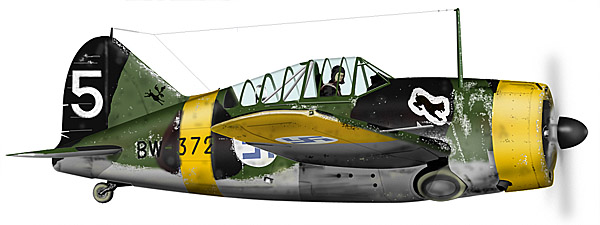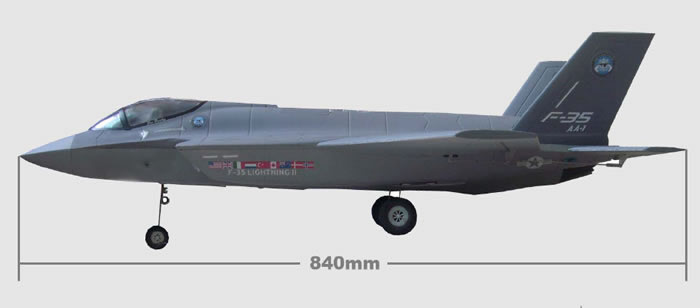7/20/2015 - NELLIS AIR FORCE BASE, Nev. -- The F-35A Lightning II achieved another major milestone during the recent capstone large-force employment event, known as the (U.S. Air Force) Weapons School Integration (WSINT) Phase.
Assigned to the 16th Weapons Squadron, two F-35As executed a wide range of missions from June 8 to 24, 2015 -- the first time an F-35 has participated in a WSINT phase.
Although the F-35A is still at least a year away from reaching initial operational capability--and the first F-35A Weapons Instructor Course is not scheduled to start until January 2018--the F-35A was flown in the recent Class 15A WSINT to allow students to leverage the unique capabilities of the aircraft.
Pilots, maintainers and intelligence professionals from the 16th WPS and the 422nd Test and Evaluation Squadron ensured the Lightning IIs were ready to fulfill a multitude of roles, including counter-air, suppression of enemy air defenses and air interdiction.
The 16 WPS, F-35As also participated in two of the largest and most complex missions: advanced SEAD and offensive counter-air. Both of these missions are set against a "near-peer" adversary, which challenges the students with an antiaccess/area denial problem or A2/AD. As part of its assigned roles for these missions, the F-35A was tasked with locating adversary surface-to-air missile radars and suppressing those radars via its advanced electronic warfare capabilities or destroying the radars via internally carried bombs.
Recently, A2/AD missions have increasingly relied on the F-22 to perform various roles, often saturating the F-22 pilots with tasks, potentially hampering mission execution.
In Class 15A's WSINT, the F-35As reduced some of the mission workload for the F-22As, allowing them to focus on the robust air-to-air presentation from the 64th Aggressor Squadron, which was augmented by the 79th Fighter Squadron from Shaw Air Force Base.
Although many of the F-35A's sensors, mission software and sensor fusion capabilities have not reached maturity, the USAFWS students leveraged the capabilities, making the entire force package more lethal and more survivable.
USAFWS expects to continue using the F-35A in future WSINT phases, in ever-expanding numbers and in more diverse employment roles. As the F-35A makes steady progress toward initial operational capability declaration (IOC) -- and eventually the standup of the F-35 WIC -- participation in WSINT and other USAFWS syllabus events will contribute greatly toward the maturation of the aircraft and its capabilities. In addition, future Weapons Officers will learn to maximize the aircraft's lethality as part of a large-force package.




 Vaikka sotakoneissa ulkonäöllä taitaa harvemmin olla minkäänlaista valtaa suunnittelussa, niin veikkaan, että joku raja tuossa koneessa ylitettiin härskisti. Olisi tietty Boeing pilotin ollut helppo pärjätä koiratappelussa, kun vihu olisi kuollut nauruun.
Vaikka sotakoneissa ulkonäöllä taitaa harvemmin olla minkäänlaista valtaa suunnittelussa, niin veikkaan, että joku raja tuossa koneessa ylitettiin härskisti. Olisi tietty Boeing pilotin ollut helppo pärjätä koiratappelussa, kun vihu olisi kuollut nauruun. 